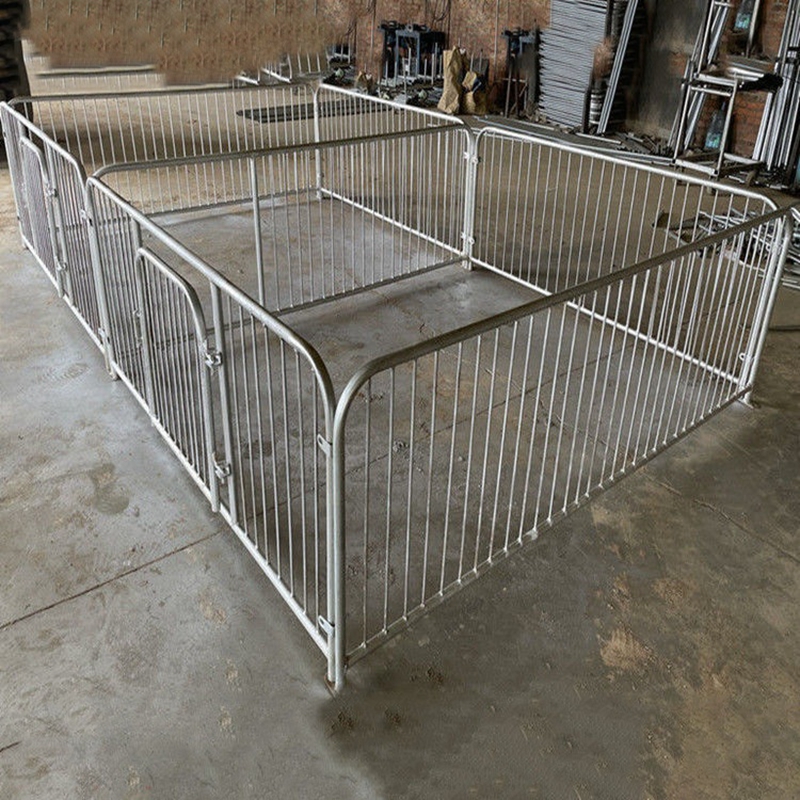Efficient Homemade Pellet Machines for Sustainable Animal Feed Production and Nutrition
Nov . 09, 2024 21:39 Back to list
Efficient Homemade Pellet Machines for Sustainable Animal Feed Production and Nutrition
The Benefits of Homemade Feed Pellet Machines
In the world of agriculture and animal husbandry, providing quality feed for livestock is crucial to ensuring optimal health and productivity. With the rising costs of commercial feed and increasing awareness of animal nutrition, more farmers are turning to homemade feed pellet machines as a viable alternative. These machines enable individuals to create customized feed pellets that meet the specific dietary needs of their animals while also offering numerous advantages.
Understanding Feed Pellet Machines
Feed pellet machines are specialized equipment designed to process raw ingredients into uniform, digestible pellets. These machines work by grinding the feed materials into a fine powder, which is then combined with other nutrients and compressed under high pressure and temperature. The result is a pellet that can be easily consumed by various livestock, including cattle, pigs, poultry, and fish. Homemade feed pellet machines can vary in size and capacity, making them accessible for both small-scale farmers and larger agricultural operations.
Customization of Feed Formulation
One of the primary benefits of homemade feed pellet machines is the ability to customize feed formulations. Farmers can select high-quality ingredients based on their specific livestock requirements. This means that they can incorporate a variety of grains, legumes, vitamins, and minerals, tailored to promote growth, enhance reproduction, or improve milk production. Custom blended feed is not only more nutritious but can also lead to better animal performance and lower feed conversion ratios.
Cost Efficiency
The cost of commercial animal feed can be a significant expense for farmers, particularly for those operating on a tight budget. By producing their own feed pellets, farmers can significantly reduce their feed costs. They can purchase raw materials in bulk, which often proves cheaper than buying pre-packaged feed. Additionally, they can utilize locally available ingredients, including by-products from other agricultural operations, thereby minimizing transport costs and contributing to sustainability.
homemade feed pellet machine

Enhanced Nutritional Value
Lack of uniformity in commercial feeds can sometimes lead to nutritional imbalances, with some animals receiving more nutrients than others. Homemade feed pellet machines allow for the creation of high-quality pellets that ensure each animal receives a consistent and balanced diet. This not only improves the animals' growth rates but also contributes to better overall health, reducing the need for veterinary interventions and medications. Enhanced nutrition can also lead to improved milk and egg production, benefiting farmers in terms of increased productivity.
Waste Reduction and Sustainability
Using a feed pellet machine effectively reduces waste by allowing farmers to utilize leftover grains and agricultural by-products. These materials, which might have otherwise been discarded, can be transformed into nutritious feed for livestock. This practice not only supports sustainability by promoting the efficient use of resources but also contributes to food security by decreasing dependency on commercially produced feed.
Easy Storage and Handling
Homemade feed pellets take up less space than raw ingredients, making them easier to store and manage. Pellets are less prone to spoilage and pest infestation, enhancing the longevity of the feed. Farmers can produce pellets in larger batches, reducing the frequency of production and providing a reliable feed source throughout the year. The density of the pellets also makes them easier to transport, whether moving them around the farm or distributing them to other locations.
Conclusion
The adoption of homemade feed pellet machines is revolutionizing animal husbandry practices. With the ability to customize feed formulations, reduce costs, enhance nutritional value, and minimize waste, these machines are becoming an invaluable investment for farmers dedicated to the well-being of their livestock. By prioritizing quality nutrition and cost efficiency, farmers can improve their livelihoods while contributing to sustainable agricultural practices. As technology advances, the accessibility and efficiency of homemade feed pellet machines will only continue to improve, making this an exciting area of growth in the agricultural sector.
-
Automatic Feeding Line System Pan Feeder Nipple Drinker|Anping County Yize Metal Products Co., Ltd.
NewsJul.30,2025
-
Automatic Feeding Line System - Anping Yize|Pan Feeder,Nipple Drinker
NewsJul.30,2025
-
Automatic Feeding Line System - Anping County Yize Metal Products Co., Ltd.|Pan Feeder, Nipple Drinker
NewsJul.30,2025
-
Automatic Feeding Line System-Poultry Farming|Chicken Feeding&Watering
NewsJul.30,2025
-
Automatic Feeding Line System - Anping County Yize Metal Products Co., Ltd.|Pan Feeder Nipple Drinker,Broiler Farming
NewsJul.30,2025
-
Automatic Feeding Line System Pan Feeder Nipple Drinker-Anping County Yize Metal Products Co., Ltd.
NewsJul.30,2025






